
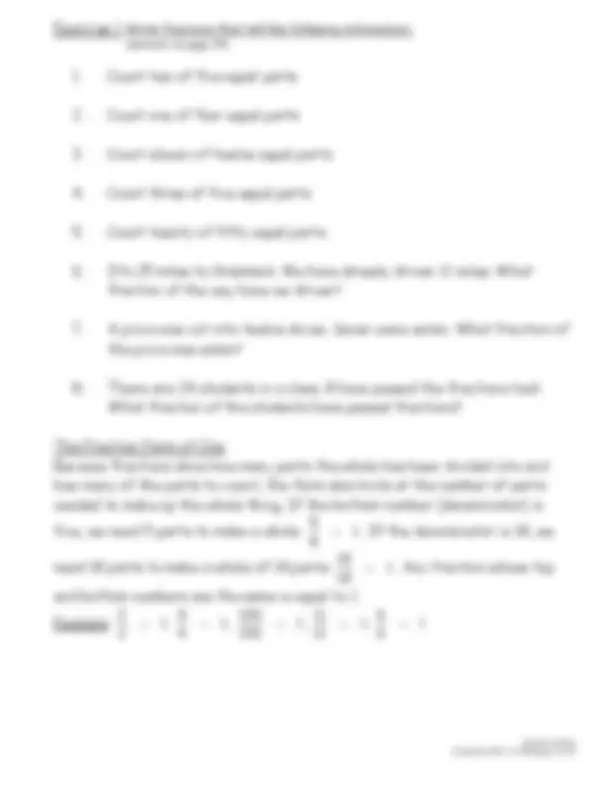
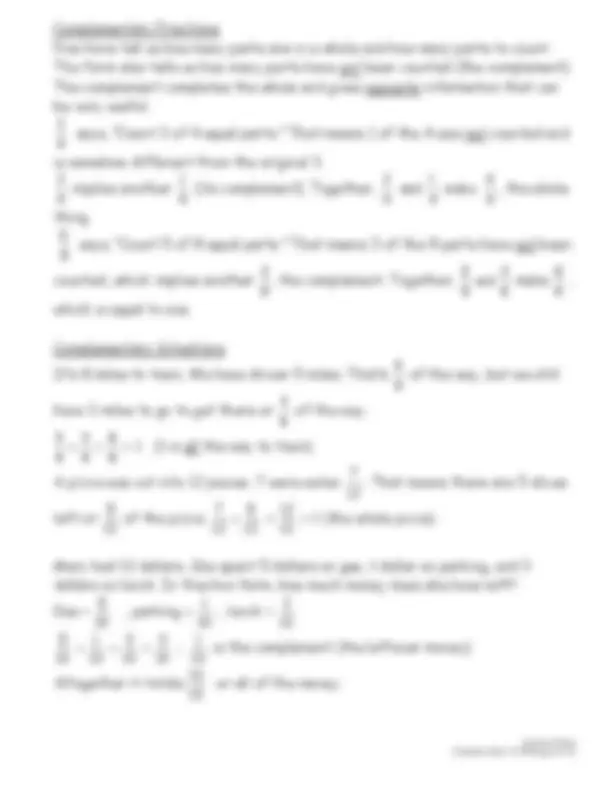
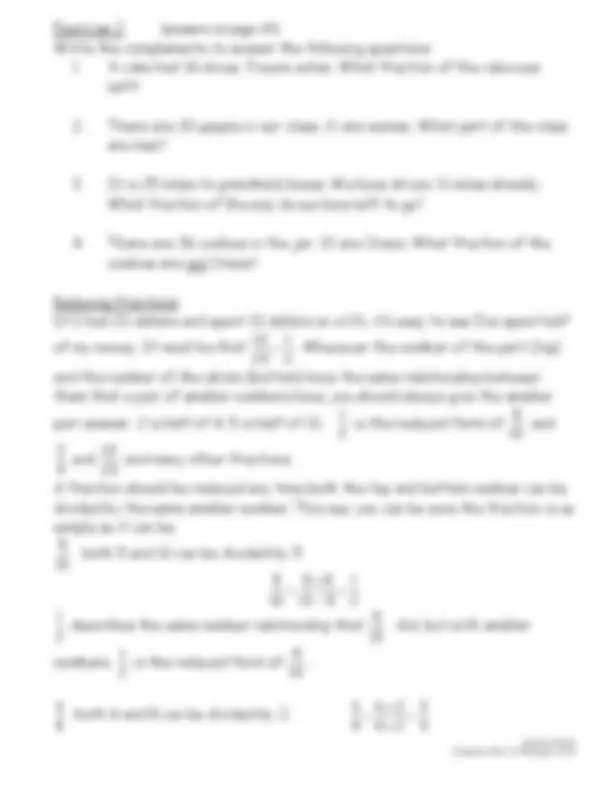
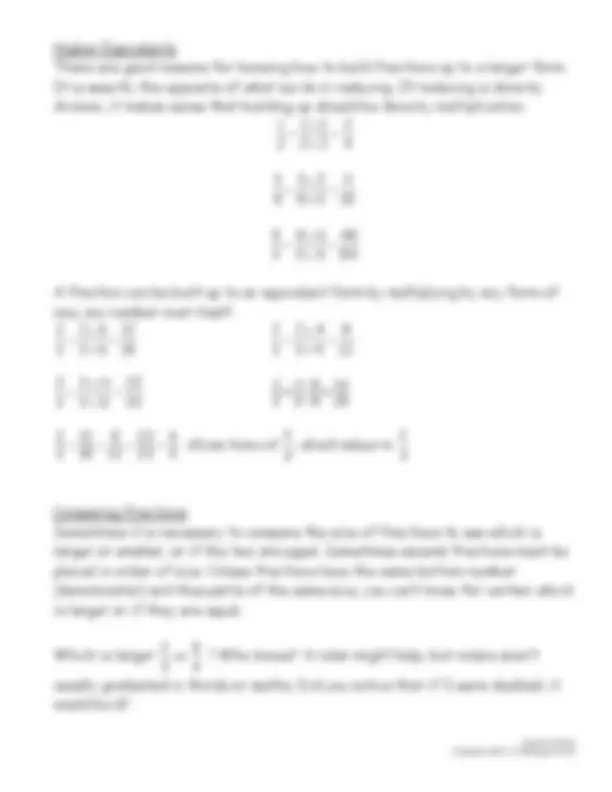
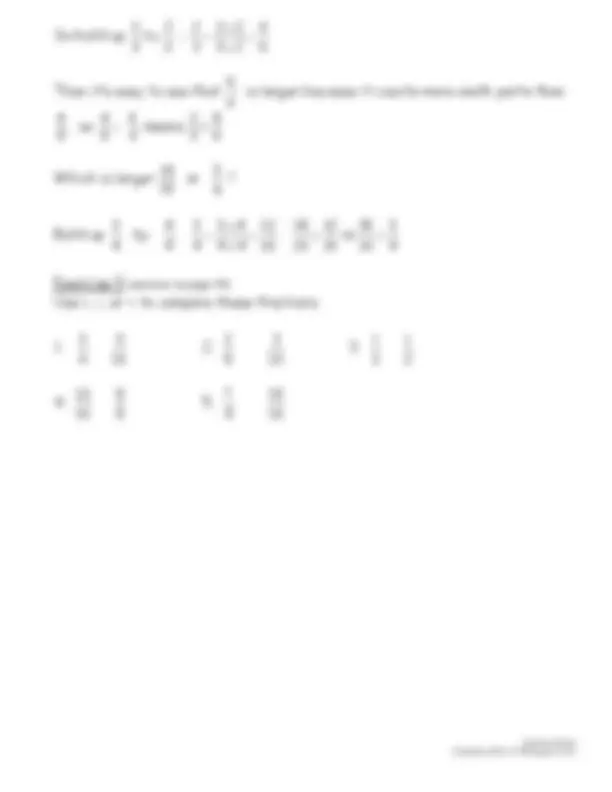
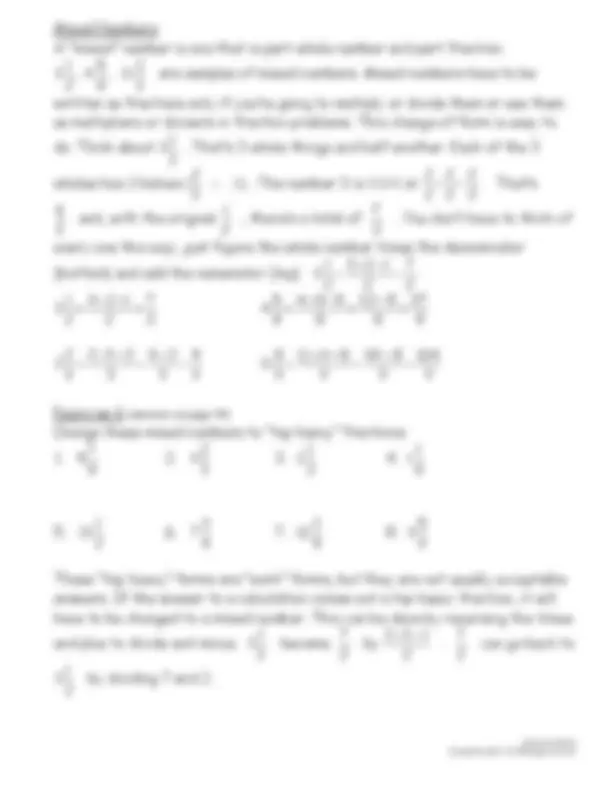
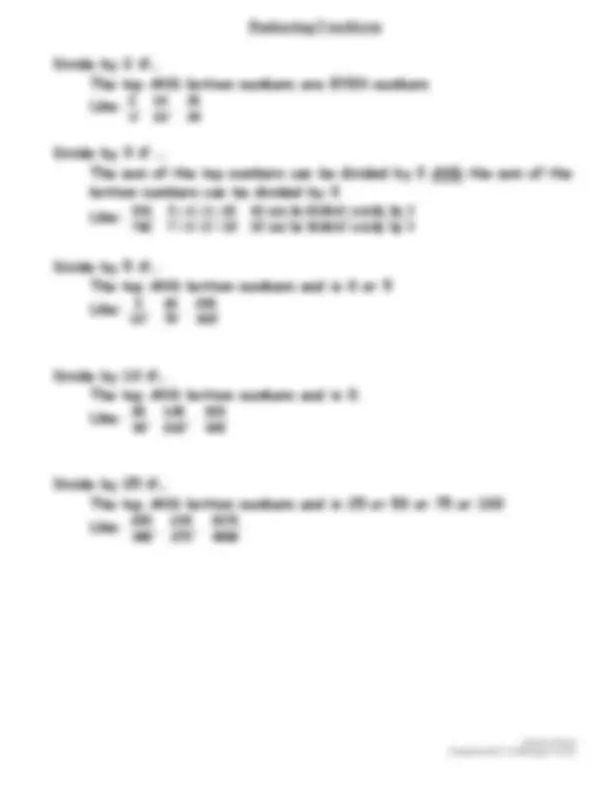
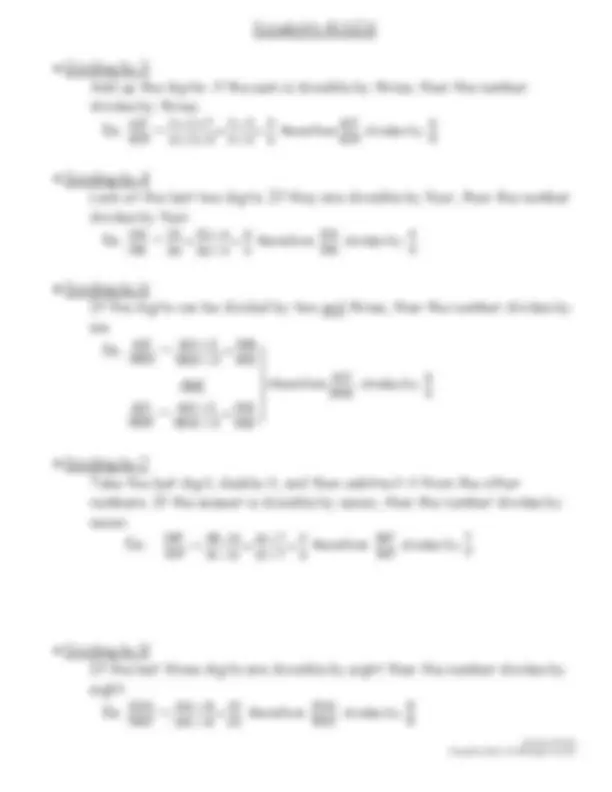
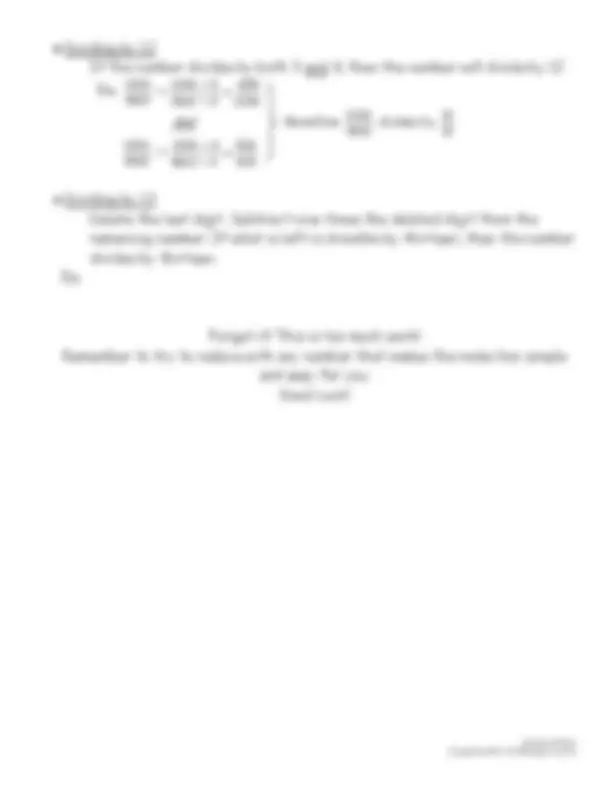
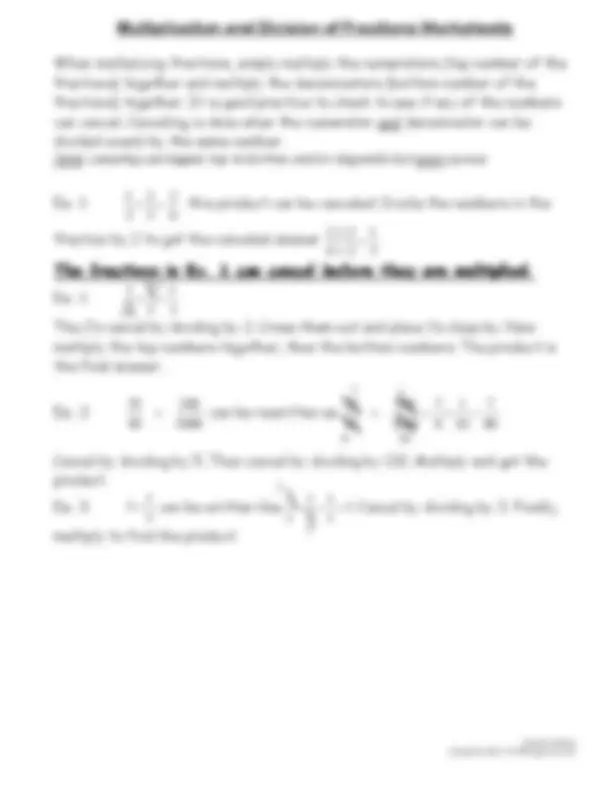
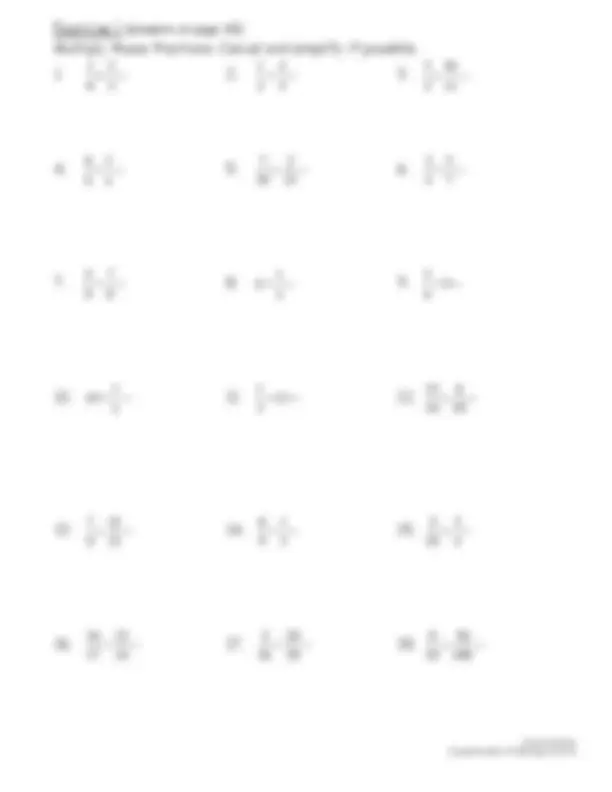
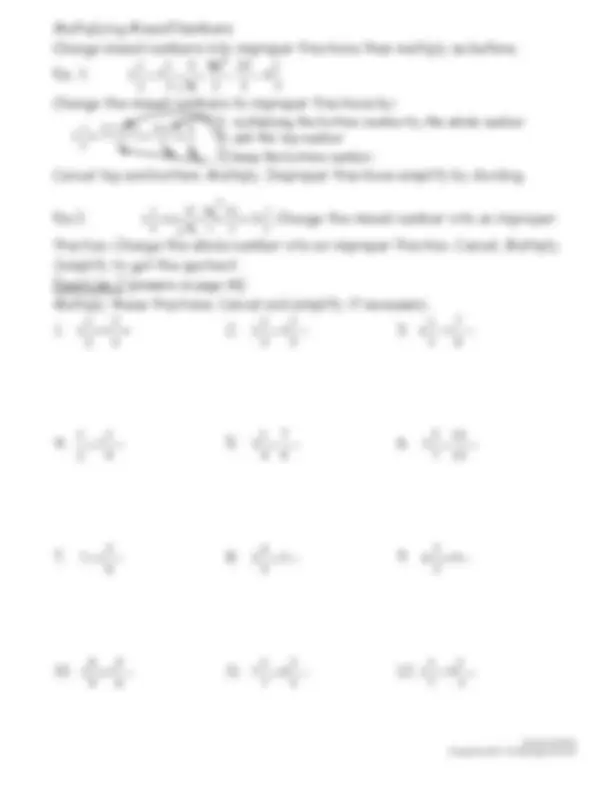
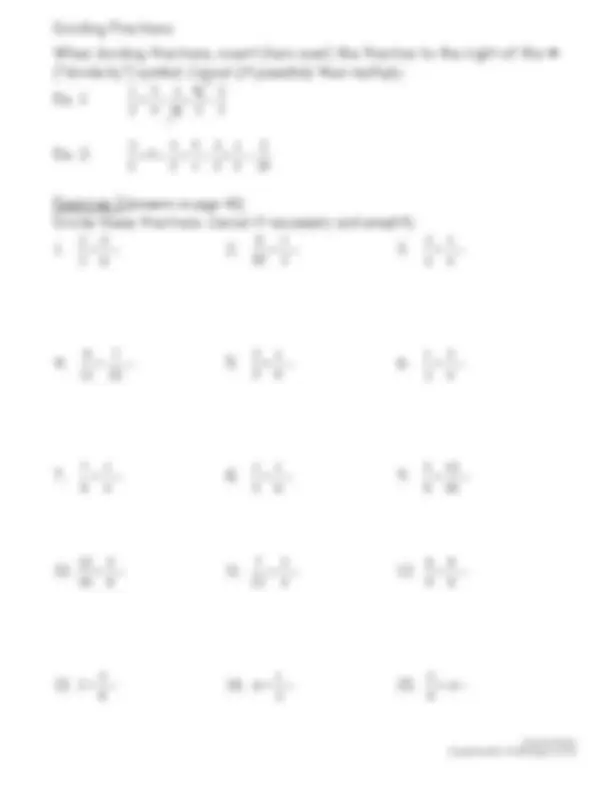
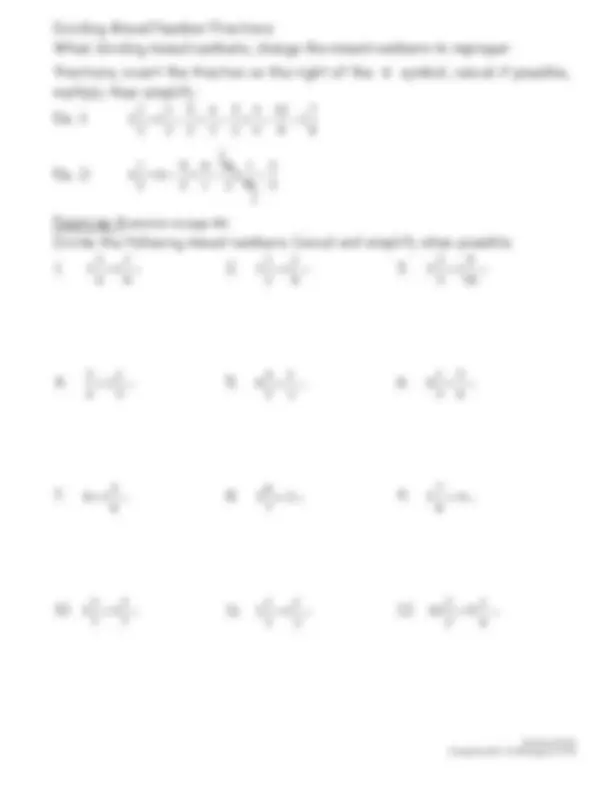

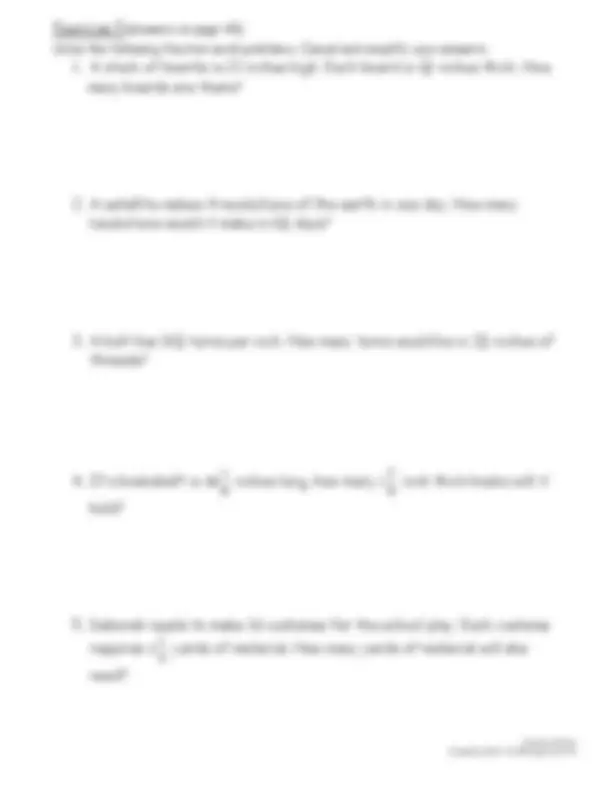
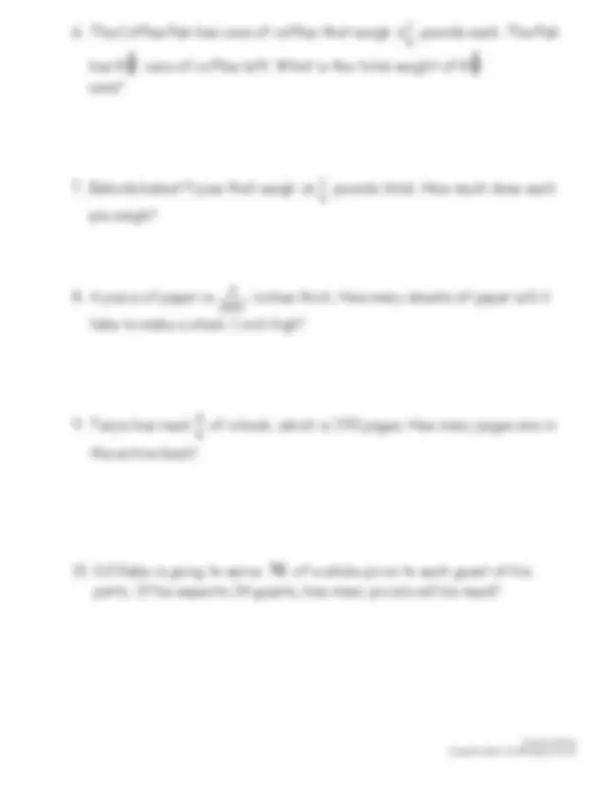
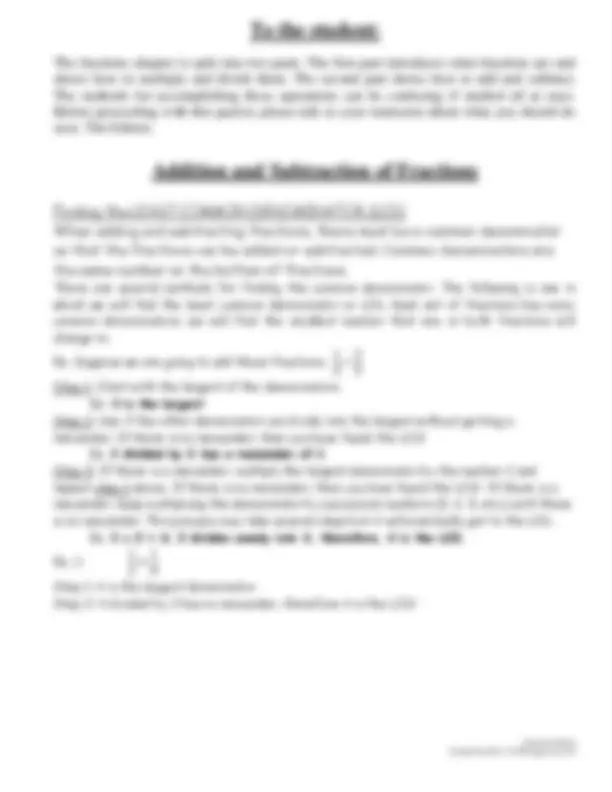
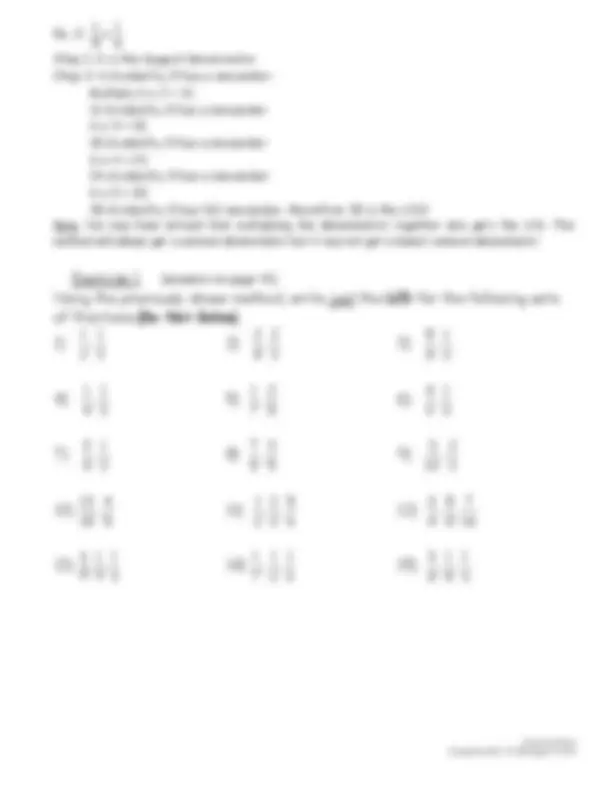
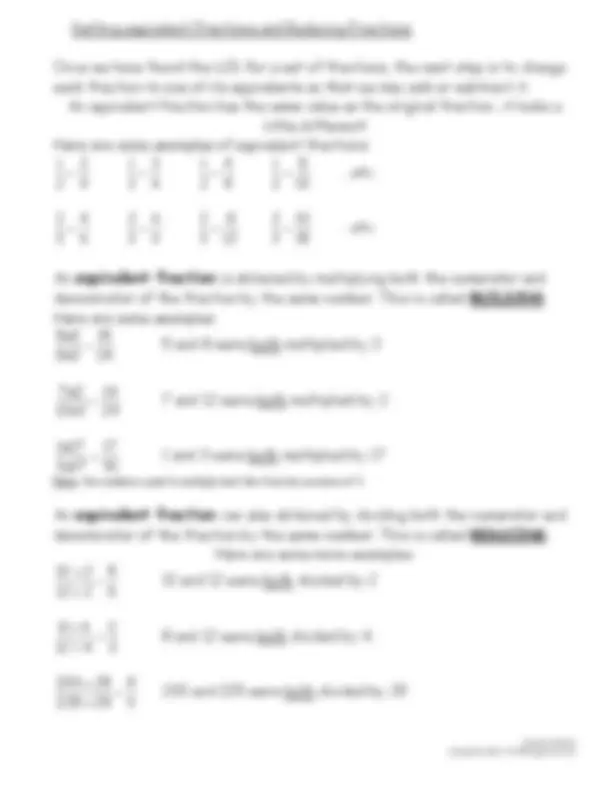
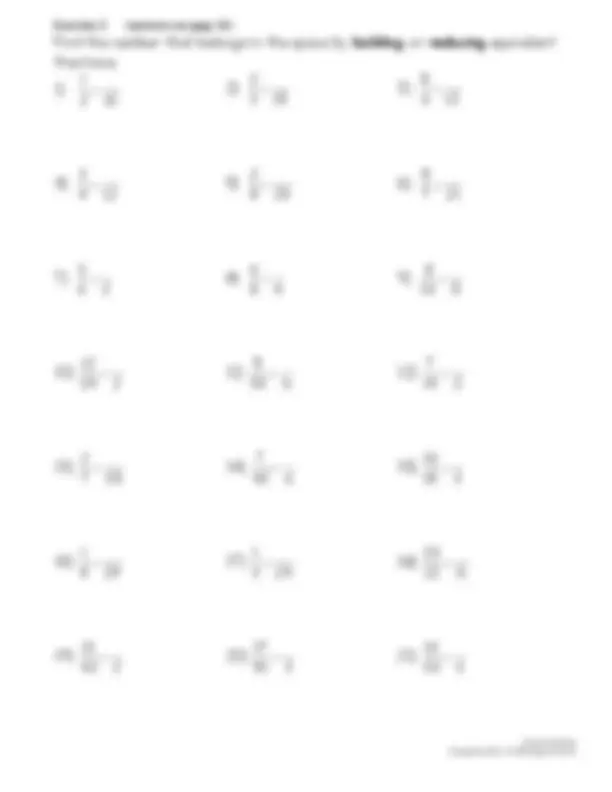
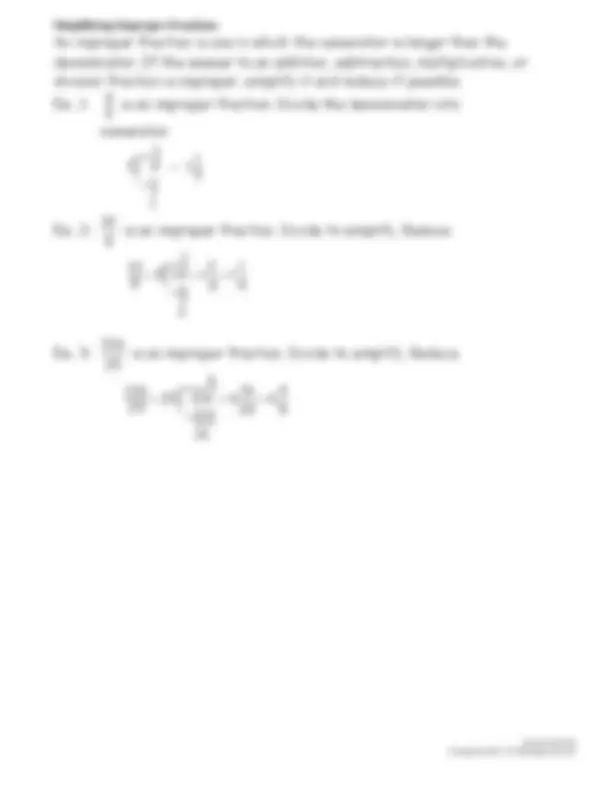
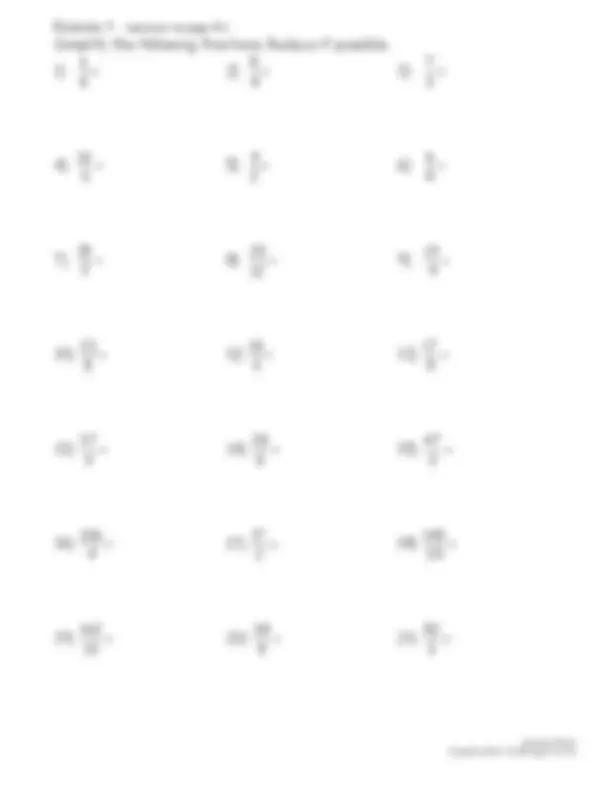
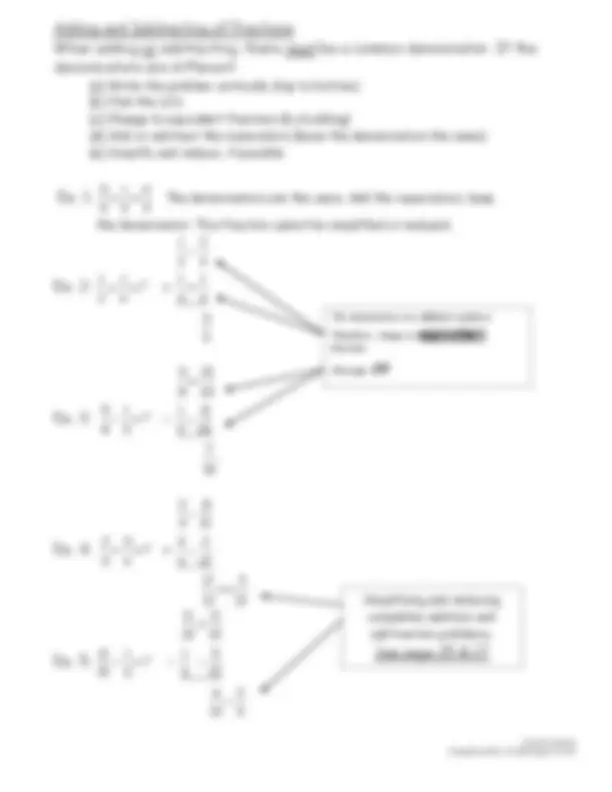
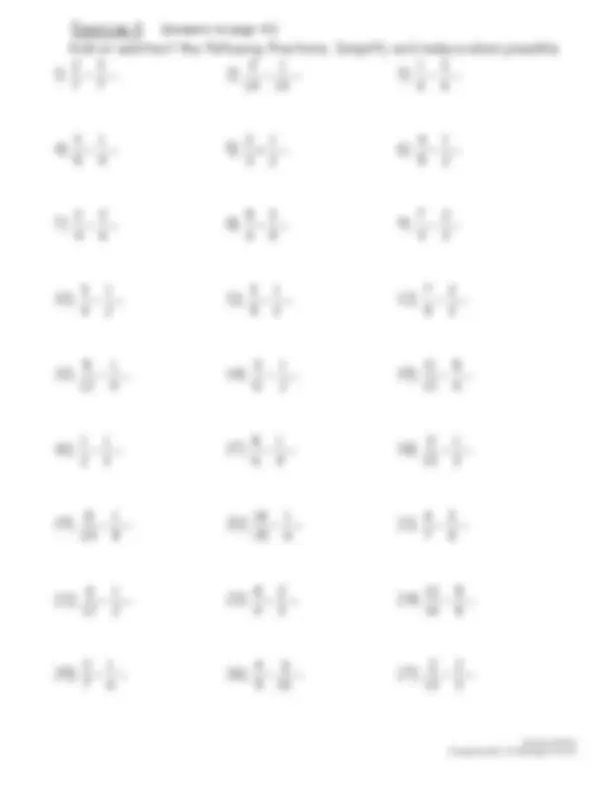
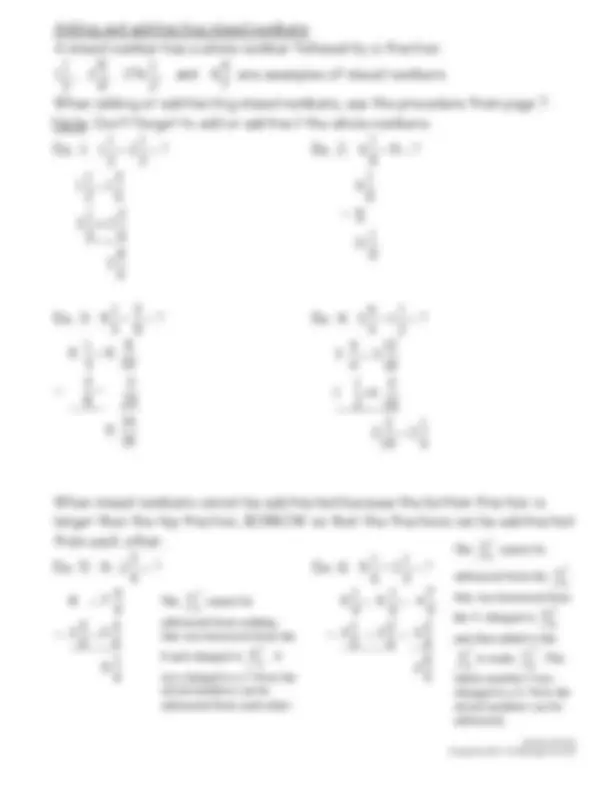
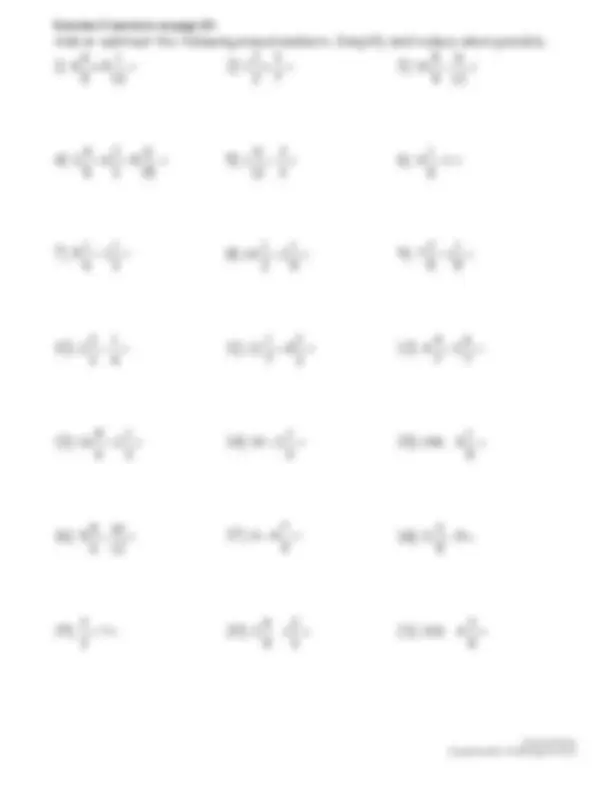
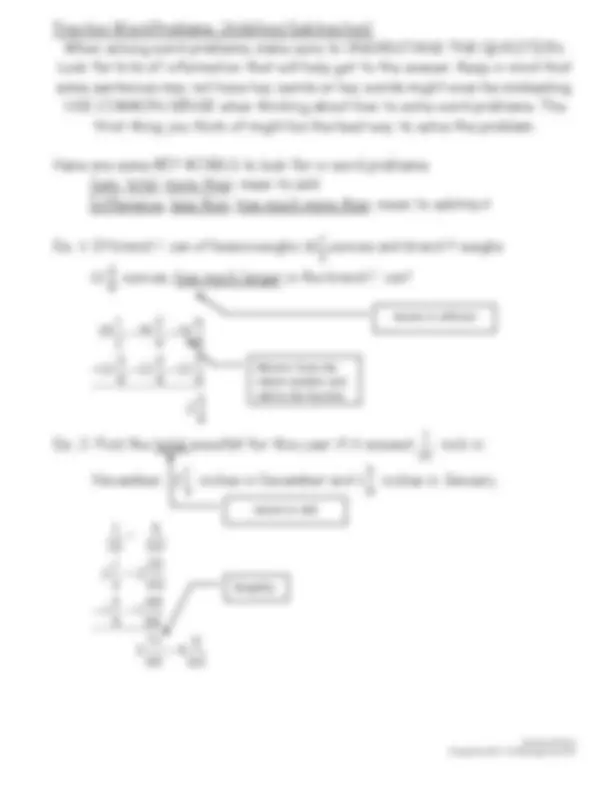
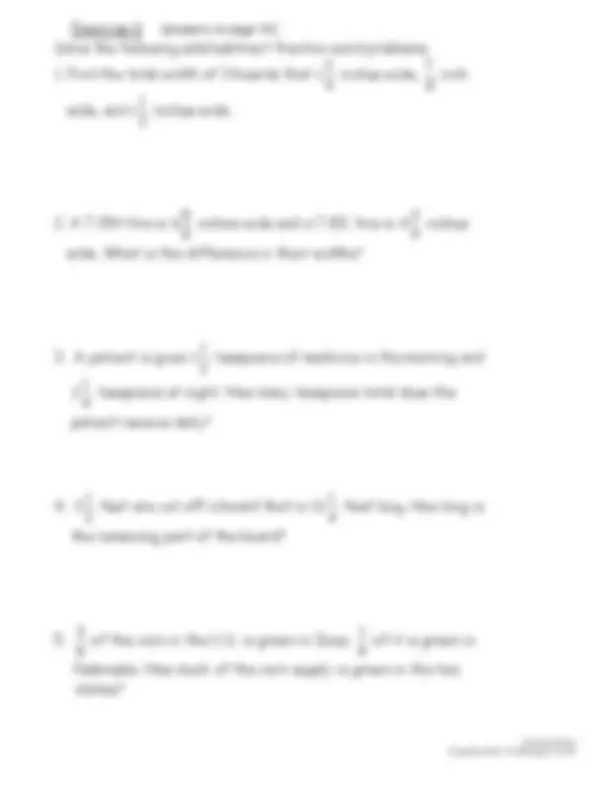
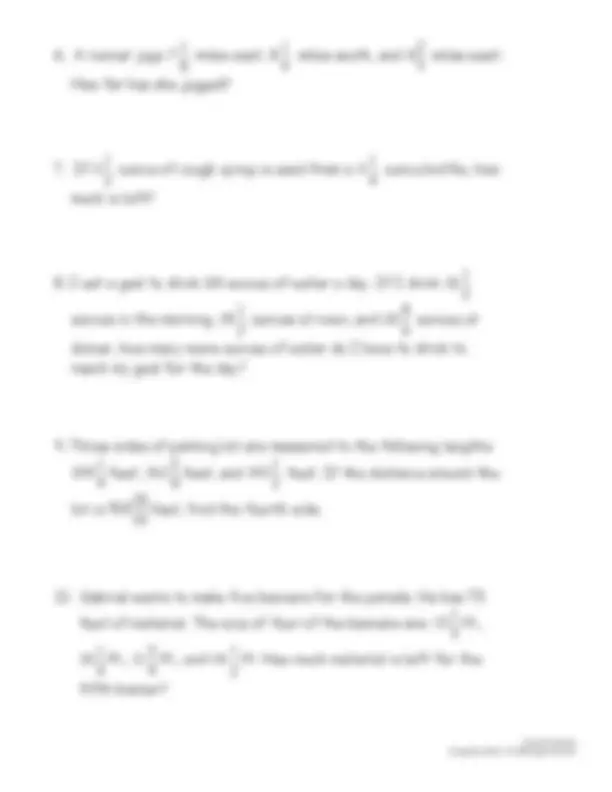
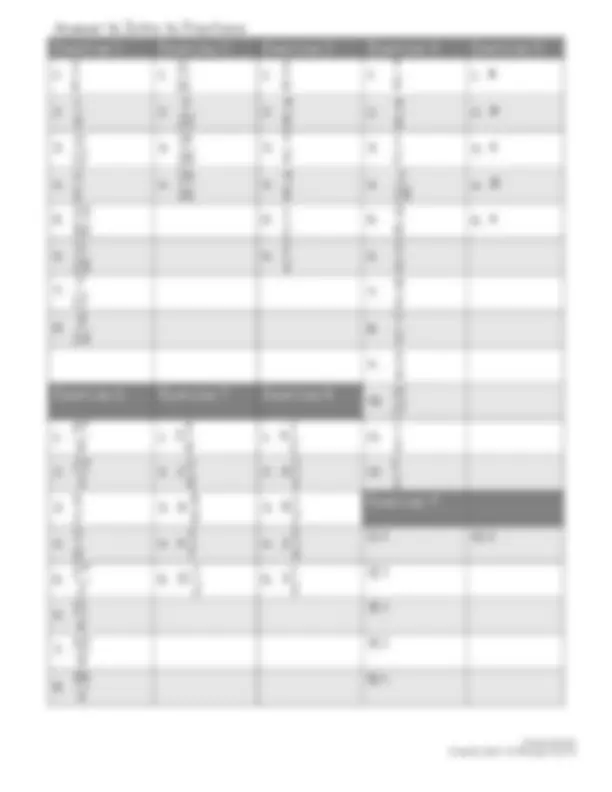
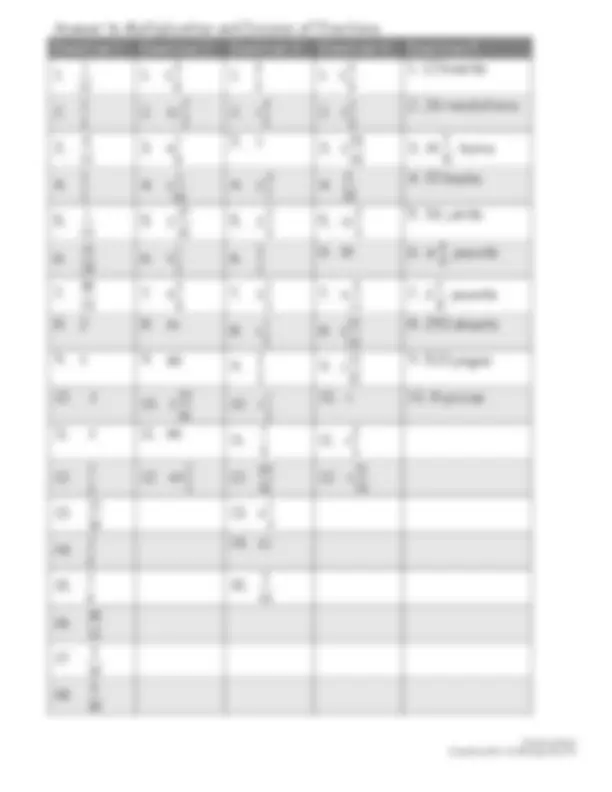
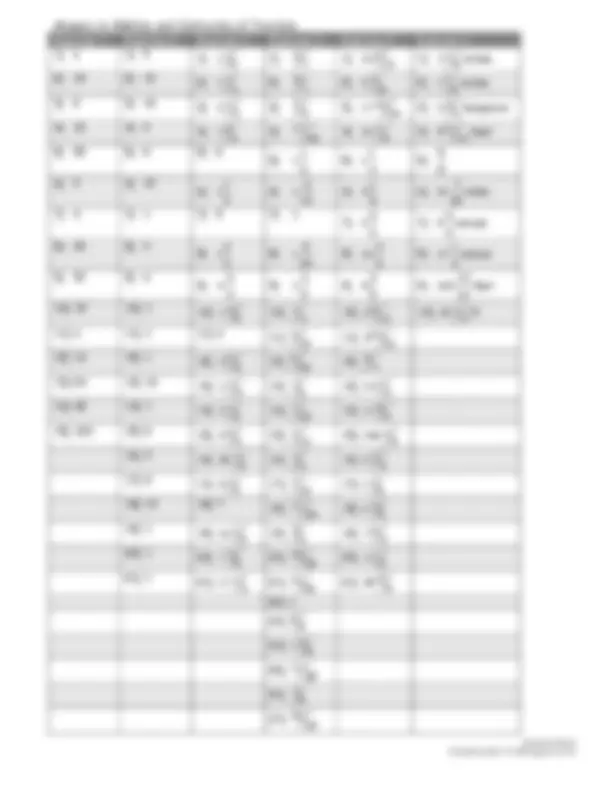



Study with the several resources on Docsity

Earn points by helping other students or get them with a premium plan


Prepare for your exams
Study with the several resources on Docsity

Earn points to download
Earn points by helping other students or get them with a premium plan
Community
Ask the community for help and clear up your study doubts
Discover the best universities in your country according to Docsity users
Free resources
Download our free guides on studying techniques, anxiety management strategies, and thesis advice from Docsity tutors
The denominators are different numbers. Therefore, change to equivalent fractions. See page 25. Simplifying and reducing completes addition and.
Typology: Study Guides, Projects, Research
1 / 42

This page cannot be seen from the preview
Don't miss anything!



































Fractions Packet
Note to the Student: This packet is a supplement to your textbook
Fractions Packet
Intro to Fractions
, and 4
Fractions Packet
make 4
and 4
and 8
8
= 8
12
= 12
10
10
= 10
Fractions Packet
Fractions Packet
.
, 3
, 5
. 3
18
100
36
5000
25
36
45
81
12
85
51
75
Fractions Packet
All are forms of 3
; all will reduce to 3
or 6
Fractions Packet
Fractions Packet
1
6
27
2
31
. Then 8
= 4
10
=
Fractions Packet
44
32 , 26
14 , 4
2
15 canbedividedevenlyby 3
12 canbedivided evenlyby 3
7 6 2 15
5 6 1 12
762
561
460
255
75
60 , 15
5 ,
440
320 , 260
140 , 40
20
4500
3275 , 275
150 , 400
225
Fractions Packet
3
3
9 3
9 3
6 0 3
2 0 7
603
207 therefore 603
207 divides by 3
3
9
6
36 4
24 4
36
24
136
124 therefore 136
124 divides by 4
4
903
306
2
2
1806
612
1806
612
And therefore 1806
612 divides by 6
6
602
204
3
3
1806
612
1806
612
3
2
21
14
31 - 10
28 - 14
315
287
7
7 therefore 315
287 divides by 7
7
20
13
160 8
104 8
3160
2104 therefore 3160
2104 divides by 8
8
Fractions Packet
Fractions Packet
Ex. Order the following fractions from smallest to largest
By looking at the top numbers, the order of these fractions is:
28
Fractions Packet
Fractions Packet
1
5
2
3
multiplying the bottom number by the whole number
add the top number
2
1 25 2
51
1
6
4
17 6 4
1
2
1
2
2 2 1
2
4 1
2
5
2
2
1
2
2 2 1
2
4 1
2
5
2